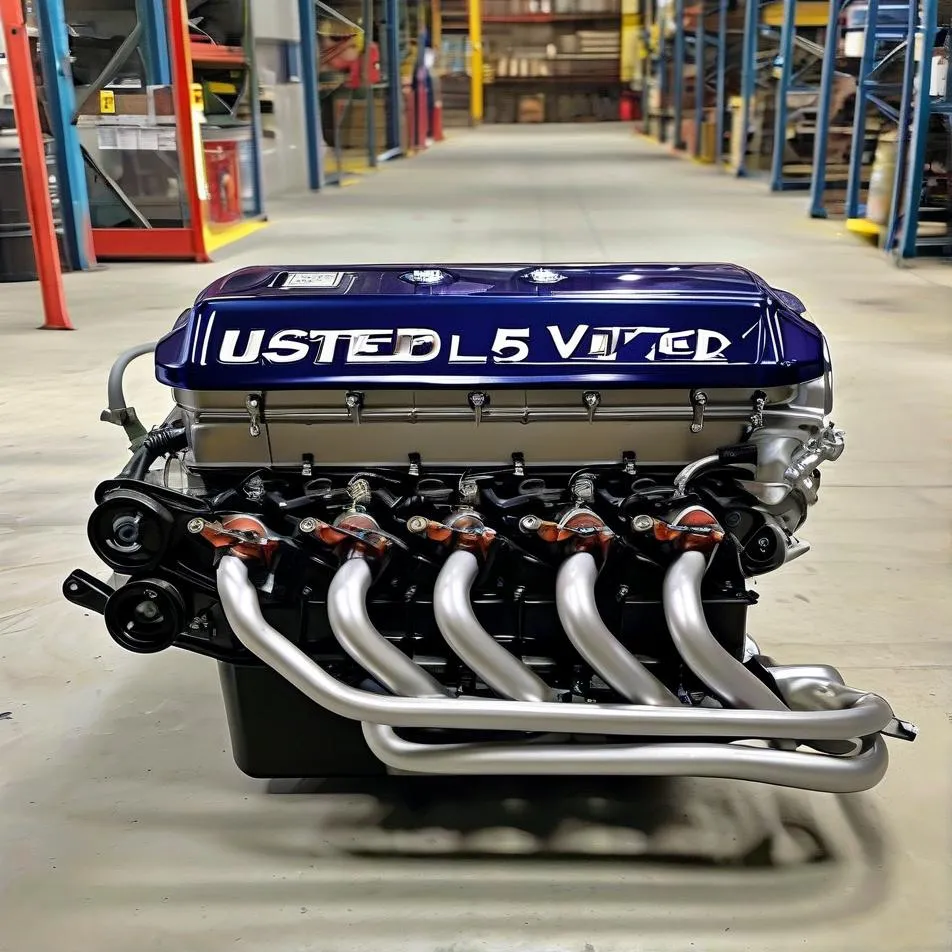Locating a dependable used 5.7 Vortec engine requires a mix of research, local market knowledge, and a sharp eye for quality. As one of GM’s most durable small-block V8 engines, the 5.7L Vortec (also known as the L31) powers countless trucks and SUVs, but finding one with low miles and warranty protection demands careful planning. Below, we’ll break down actionable strategies to help you secure a reliable unit without overpaying or risking a faulty purchase.
Why the 5.7 Vortec Engine Remains a Top Choice
Known for its rugged simplicity and torque-rich performance, the 5.7 Vortec engine dominated GM trucks from 1996 to 2002. Its cast-iron block, hydraulic roller lifters, and compatibility with aftermarket upgrades make it a favorite among enthusiasts and daily drivers alike. According to industry repair data, well-maintained units often exceed 250,000 miles, but mileage alone isn’t the sole indicator of condition—maintenance history and usage patterns matter equally.
Step 1: Narrow Down Local Sellers with Verified Listings
Start by searching platforms like Facebook Marketplace, Craigslist, or specialized automotive forums using keywords like “used 5.7 Vortec engine near me” or “GM L31 engine low miles.” Prioritize sellers who provide:
– Detailed photos of the engine’s exterior, oil pan, and cylinder heads.
– Service records showing oil changes, timing chain replacements, or head gasket repairs.
– VIN numbers to cross-check the engine’s origin and vehicle history via tools like GM VIN decoders.
Local salvage yards with certified inventory (e.g., LKQ Pick Your Part) are also worth exploring—many offer limited warranties on used engines.
Step 2: Evaluate Mileage and Usage Realistically
While “low miles” is subjective for a 20-year-old engine, aim for units under 120,000 miles if possible. However, verify claims by:
– Requesting a compression test report (target 140-160 psi per cylinder).
– Inspecting the oil dipstick for sludge or metallic particles.
– Checking the exhaust ports for excessive carbon buildup, which hints at poor maintenance.
Engines from fleet vehicles or RVs often endure heavier loads but may have stricter maintenance schedules—ask for documentation to confirm.
Step 3: Prioritize Sellers Offering Warranty Coverage
A warranty significantly reduces financial risk. Look for:
– Dealer-backed warranties: Certified used engines from GM-affiliated sellers often include 90-day to 1-year coverage.
– Third-party warranties: Companies like Jasper Engines provide extended plans for remanufactured units.
– Seller guarantees: Private sellers might offer 30-day returns if the engine fails post-installation.
Always review warranty terms for exclusions (e.g., DIY installation voids coverage) and get agreements in writing.
Step 4: Inspect (or Hire a Pro to Inspect) Before Payment
If buying locally, arrange an in-person inspection focusing on:
– Block integrity: Cracks or weld marks near mounting points.
– Cylinder bore wear: Visible scoring indicates poor lubrication.
– Accessories: Confirm included components (e.g., alternator, sensors) match your vehicle’s specs.
For distant purchases, use escrow services like PayPal Goods & Services to withhold payment until the engine passes a mechanic’s evaluation.
Step 5: Compare Pricing Against Market Benchmarks
Fair pricing for a used 5.7 Vortec engine varies by condition:
– Core/rebuildable: $300–$800 (high mileage, missing parts).
– Tested/running: $1,200–$2,500 (under 120k miles, no major issues).
– Remanufactured: $3,000+ (with warranty, new components).
Use pricing guides from NADA or Hollander Parts to avoid overpaying.
Post-Purchase Tips for Long-Term Reliability
Once you’ve secured the engine:
– Replace critical wear items (timing chain, water pump) during installation.
– Use high-quality synthetic oil and GM-recommended coolant.
– Keep all receipts and warranty documents organized for future claims.
By combining local market savvy with mechanical due diligence, you can land a reliable used 5.7 Vortec engine that delivers years of service. Always partner with a trusted mechanic for installations—proper setup is just as crucial as the engine’s condition itself.




Leave a Reply